In 1992, when my grandfather, Mel Saslow, was 65 years old, he was tested for glaucoma. Glaucoma is a medical condition that results from increased pressure inside the eye causing optic nerve damage. Glaucoma has often been called “The Silent Thief of Sight” because patients don’t develop any symptoms until it is too late, and their vision is gone. If detected early enough, it can be prevented with medical and surgical treatments. It is the second leading cause of blindness; affecting 70 million individuals worldwide. 
In my grandfather’s case, it was concluded that his intra-ocular pressure was elevated at 28 mm Hg; the normal intra-ocular pressure is under 14 mm Hg. The doctors established that my grandfather was in a group of 10–15% of people in the world who have high ocular pressure, but don’t develop glaucoma.
However, the doctors eventually recommend he take drops to treat the elevated eye pressure. He found it to be very cumbersome.
Saslow remarked, “I take the drops once a day at night. It’s not easy because I have to put drops in and make sure that I only get one drop instilled in each eye.”
One of the biggest challenges in treating glaucoma is that patients often don’t take their medications or eye drops. Data from the Glaucoma Adherence and Persistency Study [PDF] in 2007 revealed that 71% of glaucoma patients were able to get a drop into their eye. There are many contributing factors, the report speculated, as to why patients fail to adhere to taking the medication, including the cost, difficulty of administering drops and forgetfulness.
Michelle Fernandes, a chemical engineer from McMaster University, who has been researching how a contact lens could be used as a drug delivery device for glaucoma patients has found that, “Only 5% of the drug actually gets to the intraocular tissue.”
Now, a group of researchers from Harvard, MIT and Boston Children’s Hospital have developed a contact lens that releases latanoprost, an effective glaucoma medicine. This research will be published in a 2014 issue of the research journal Biomaterials.
“By using a contact lens, the drug will have more contact time with the cornea and will increase the chance of getting the drug where it needs to be in the eye, without the patient having to worry about it getting it there,” says Fernandes.
These contact lenses were created by encapsulating latanoprost films in methafilcon, a polymer. The polymer films are concentrated in the periphery of the lens, while the center is kept clear so that the lens doesn’t interfere with the patient’s vision. The reason why methafilcon is the ideal polymer to release the drug is because it is capable of delivering large amounts of drug initially followed by smaller increments throughout multiple weeks and months, says Daniel Kohane, Director of the Laboratory for BioMaterials and Drug Delivery at Boston Children’s Hospital. Lenses with thicker drug-polymer films released too much drug after the initial burst.
The way the contact lens works is that instead of adding the drug directly into the gel formulation, drug-loaded particles are incorporated into something called a hydrogel, which will allow the drug to be released in a controlled manner and over a prolonged period of time.
Methafilcon is also a hydrogel. Hydrogels are water swollen, cross-linked polymer structures that are used in soft contact lenses to release latanoprost. Hydrogels have a degree of flexibility very similar to natural human tissue due to their significant water content.
| Related story: Glaucoma |
Hydrogels were used in these contact lenses because they allow 6-times more oxygen to pass through them, which will be better for overall eye health.
This is an exciting innovation to help deliver glaucoma medicine. However, one problem is that this technology is still is a little daunting for people like my grandfather. “I think the eye drops are easier for me to use than contact lenses,” he comments. Avra Saslow

This work is licensed under a Creative Commons Attribution-NonCommercial-NoDerivs 3.0 Unported License
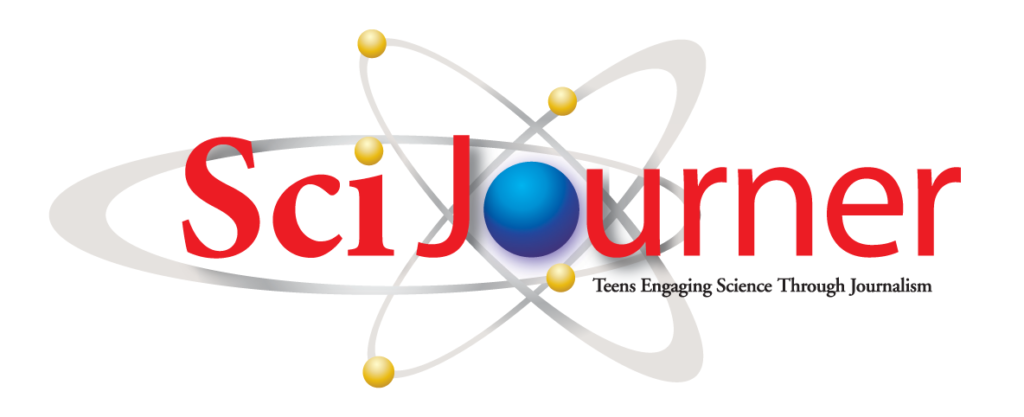

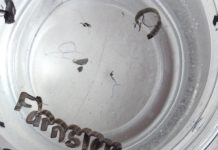
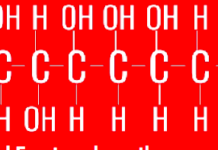

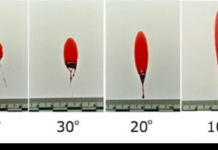

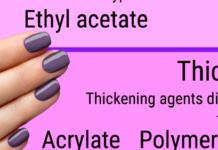






great article:smile